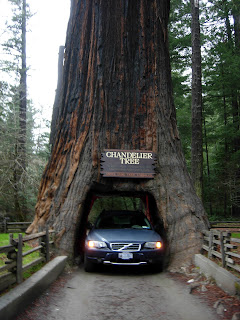Sarasota is a Circus Town. In 1927, John Ringling made
Sarasota the winter headquarters for his Ringling Brothers Barnum and Bailey
Circus. John Ringling was an exemplary successful businessman starting in 19th
century and extending into the first three decades of the 20th.
He and his brothers were the sons of poor immigrants who
began their own traveling circus in the early 1870’s in Baraboo, in southern
Wisconsin, going 10 to 15 miles a day, from town to town in the spring, summer,
and early fall months. Their
circus had the wonderful name of "The Ringling Brothers United Monster
Shows, Great Double Circus, Royal European Menagerie, Museum, Caravan, and
Congress of Trained Animals" soon to be contracted to "The Ringling
Brothers Classic and Comic Concert Company"—still a mouthful.
Taking advantage of the newly developed mode of travel and
transport, the railroad, they purchased rail cars and placed their circus
paraphernalia on flatbeds, baggage cars etc. Soon they had their own trains and moved thousands of people
from city to city, often for one night stands. Like a military operation, they loaded
and unloaded, set up and took down the tents, the trapeze, the side shows, and
returned tigers, elephants, lions to their cages. As Ringling purchased other circuses, he began to
consolidate them into his own show which became known as “The Ringling Brothers
Barnum and Bailey Circus— The Greatest Show on Earth.” He offered the high point of American
entertainment in those years – when there was no radio, no TV, no DVD, no CD,
no nothing! So the circus was a
big force in America’s social history.
And John Ringling made his fortune with it, starting with a penny entry
fee in the 1870’s and then going up from there. He employed thousands, gave pleasure to millions, and made
millions for himself.
 |
| Alfred, Albert, John, Otto, Charles, & Guess Who? |
 |
| The Bandwagon |
 |
| Circus Parade - letting everyone know the circus was in town |
 |
| Do you remember the Flying Wallendas? |
After moving to Sarasota with his wife, Mable, he built a
grand home and created a museum for his fine collection of international art.
However, Ringling was undone by the
great Depression and died bankrupt with a mere $311 in the bank.
Today, his legacy continues in Sarasota’s wonderful Ringling
Art Museum, his art-deco Italianate home as a fully restored public historic
site, and in his vision of a grand community in Sarasota extending to the long
barrier islands off shore.
And of course, even though his circus went out of business
in 1964, a dated relic from America’s brassy past, we have modern versions—Cirque
de Soleil and The Big Apple Circus—but none to match John Ringling’s grandness
of vision in the scope of the Ringling Brothers Barnum and Bailey Circus, the
Greatest Show on Earth.














































